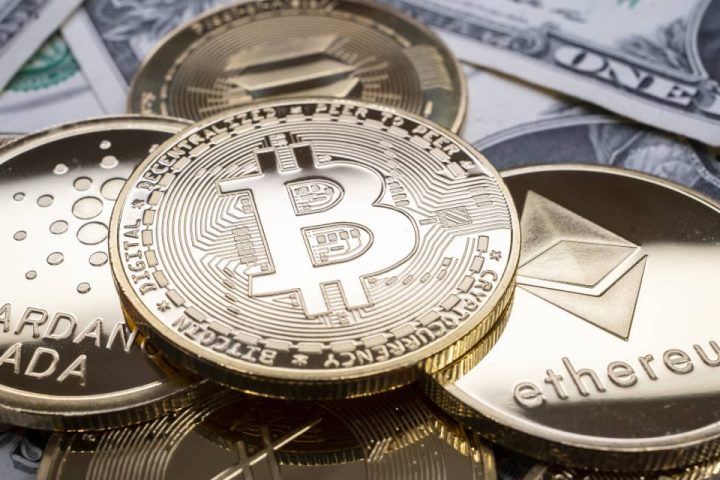Recent attacks on commercial shipping in the Red Sea are reviving broader concerns about another outbreak of inflation, particularly in Europe, and could threaten to undercut the financial market’s most important narrative of the new year.
The narrative, which took off with the Federal Reserve’s dovish pivot last week and continued to play out on Tuesday, is the idea that inflation will likely keep easing by enough to usher in a round of interest-rate cuts during 2024. Financial markets positioned for this immaculate disinflation scenario in several ways: Treasury yields finished mostly lower, traders clung to expectations for as many as five to seven quarter-point rate cuts next year in the U.S., and stocks closed higher again, with the S&P 500
SPX
just shy of cracking a record set in January of 2022.
The Red Sea developments prompted the U.S. to announce a new international effort to thwart the attacks late Monday, and sent oil prices
CL.1,
CLG24,
higher for a second day on Tuesday as shipping companies rerouted their cargoes. Investors were also being reminded of just how much the world relies on what Deutsche Bank strategists have described as a string of invisible networks across seas, skies and land.
Read: Deutsche Bank warned months ago that shipping was one of the economy’s weakest link. Here’s their must-see chart.
“The Red Sea events, on balance, affect Europe more than the U.S., which is sort of insulated, more self-sufficient and produces its own energy. But if they last long enough, stretching into a three- to six-month timeline, the U.S. could be affected and it would have a domino effect on other things,” said Derek Tang, an economist at Monetary Policy Analytics in Washington.
As BMO Capital Markets strategists Ian Lyngen and Ben Jeffery put it, “further disruptions in the Red Sea or any other major channels of commerce present potential upside inflationary impulses” that complicate the outlook for keeping the 10-year Treasury yield
BX:TMUBMUSD10Y
below 4%.
At stake for investors are several ramifications, starting with the possible need to recalibrate their inflation outlook and expectations for lower interest rates next year. While inflation has fallen from a peak of 9.1% in June of 2022 — when gas prices surged, based on the annual headline rate of the consumer price index — it’s remained consistently above the Fed’s 2% target.
If inflation is seen as likely to rear its head again, as it did during the period between 1966-1982, that would probably push market-implied rates higher and force policymakers to retreat from recent efforts to back off further rate hikes. Late last month, one key official, Fed Gov. Chris Waller, flagged the possibility that the U.S. central bank might even cut borrowing costs simply because inflation is falling, regardless of how economic growth is doing.
“The reason why the pivot from the Fed came about last week was that we had enough months of all these things going well, where the improvement in inflation seems like it can be sustained,” said macro strategist Will Compernolle of FHN Financial in New York. “The markets got overly excited with the huge narrative shift, and may have jumped the gun.”
A return of inflation would also likely impact what investors do with the almost $6 trillion cash pile that’s sitting in money-market accounts. Debate has been growing over whether some portion of that pile will remain where it is, come back into stocks, or return to bond funds depending on whether the Fed cuts rates or leaves them at a 22-year high of between 5.25%-5.5%.
On Tuesday, the Treasury market remained relatively steady, with the benchmark 10-year yield
BX:TMUBMUSD10Y
finishing at 3.921% or the lowest level since July 26. Meanwhile, stocks rallied, led by almost 0.7% gains in the Dow Jones Industrial Average
DJIA
and Nasdaq Composite
COMP.
Bank of America’s latest survey of sentiment among global fund managers showed that one of the biggest risks foreseen is the prospect of high inflation which forces central banks to keep interest rates elevated.
Read the full article here







